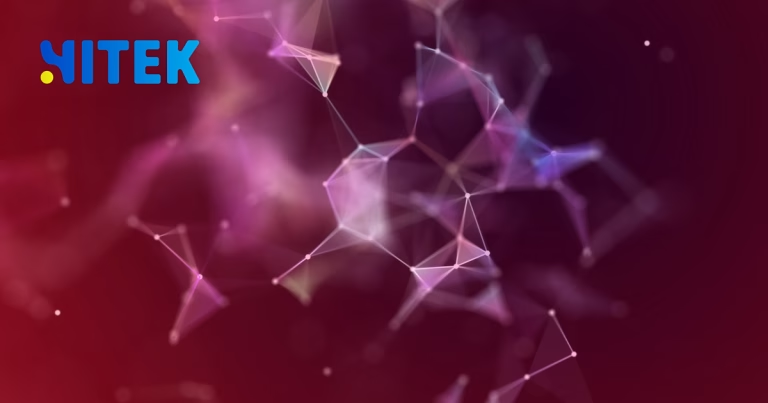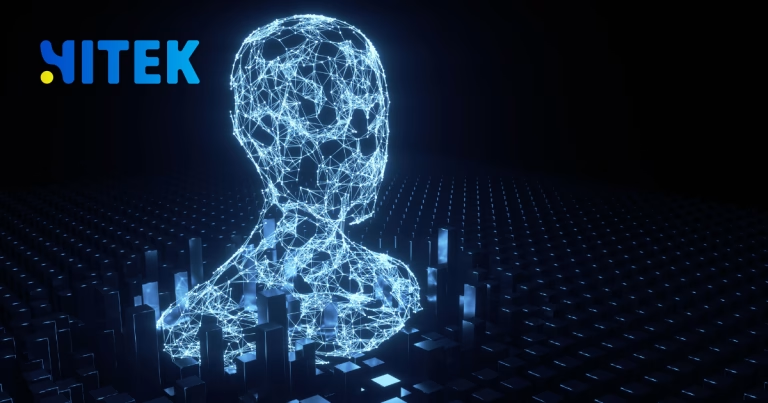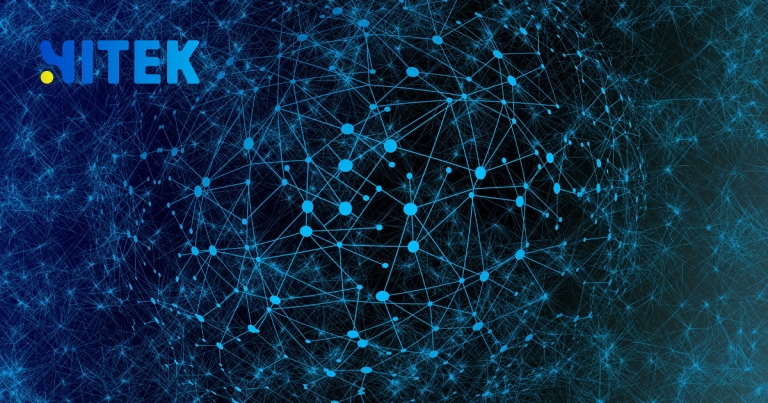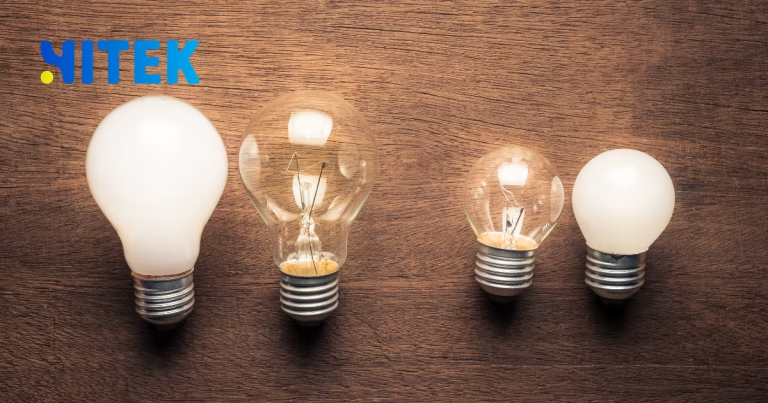Picture this: it’s 2:00 AM on a Tuesday. A critical application hosting a major Australian retail client’s e-commerce platform begins to slow, and database latency spikes. Error rates creep up. Usually, a pager would scream into the silence, a bleary-eyed engineer would log in, and a frantic, lonely investigation would begin.
But not tonight. Tonight, a bot posts a plain-English alert in a team channel: “⚠️ Potential issue detected: Checkout service latency increasing on AU-East servers. Root cause analysis suggests database connection pool saturation. I’ve already scaled the pool and notified the on-call lead. Full diagnostics are ready.”
This isn’t a scene from science fiction. This is the new reality of IT operations, a powerful fusion of intelligent automation and collaborative communication. It’s the product of combining AI Ops and ChatOps, and it’s fundamentally changing how Australian businesses manage their digital infrastructure.
Contents
ToggleThe Old Guard: Why Reactive Maintenance Is No Longer Enough
For too long, system maintenance has been a manual, reactive grind. Teams are overwhelmed by a deluge of alerts from disconnected tools, struggling to distinguish critical signals from the noise. This traditional model is not just inefficient; it’s expensive. It leads to extended downtime, engineer burnout, and an inability to focus on strategic work that drives business growth. In a market as competitive and geographically unique as Australia’s, where digital resilience is non-negotiable, this approach is a direct liability.
The Intelligent Brain: What Exactly Is AI Ops?
AI Ops (Artificial Intelligence for IT Operations) is the intelligent core that moves you from reactive to proactive and, ultimately, predictive management. Coined by Gartner, it uses big data, machine learning (ML), and analytics to automate and enhance IT operations.
Think of it as a central nervous system for your technology stack. It ingests massive volumes of data from every component—applications, servers, networks, logs—and applies algorithms to it. This allows AI Ops platforms to:
- Identify Root Causes Instantly: Instead of your team spending hours correlating events, AI Ops pinpoints the precise origin of a problem, often before it impacts users.
- Predict Issues Before They Occur: By analysing historical patterns, ML models can forecast potential outages or performance degradation, allowing preemptive action.
- Automate Routine Responses: From clearing a clogged log file to restarting a failed service, AI Ops can execute pre-approved remediation steps without human intervention.
The Command Centre: How ChatOps Bots Streamline Collaboration
If AI Ops is the brain, ChatOps is the voice and hands. ChatOps is a model that integrates tools, processes, and people into a collaborative workflow centred around a chat platform like Microsoft Teams or Slack.
ChatOps bots act as the conversational interface to your entire tech stack. They bring the functionality of your tools directly into the conversations where your team already works. A bot can deploy code, run diagnostics, graph metrics, or create support tickets—all triggered by a simple command in a channel like @bot deploy production v2.1.
This creates a transparent, collaborative environment where every action and its outcome are visible to the entire team, turning tribal knowledge into institutional knowledge.
The Perfect Union: AI Ops + ChatOps Bots in Action
When you marry the analytical power of AI Ops with the communicative efficiency of ChatOps, you create a self-healing, collaborative infrastructure.
Here’s how the synergy works in practice:
- Detection & Analysis: The AI Ops platform detects an anomaly—say, a memory leak in a cloud instance hosted on Amazon Web Services (AWS) in Sydney.
- Alerting & Context: Instead of sending a cryptic alert to a single inbox, it triggers the ChatOps bot. The bot posts a structured message in the
#infrastructure-auchannel with the alert, its severity, and a direct link to the relevant dashboard. - Collaboration & Action: The team discusses the alert in the channel. A senior engineer can ask the bot,
@opsbot run diagnostics on server i-12345. The bot executes the command and posts the results back for everyone to see. - Automated Resolution: Based on pre-defined playbooks, the AI Ops platform can be authorised to execute the fix automatically—perhaps terminating the faulty instance and launching a new one from a healthy template. The bot then confirms the action: “✅ Incident resolved. New instance i-67890 is healthy and in service.”
This entire workflow—from detection to resolution—happens in minutes, with complete visibility, and with a permanent audit log in the chat history.
A Snapshot of the Shift: Traditional vs. Automated Operations
| Aspect | Traditional Model | AI Ops & ChatOps Model |
|---|---|---|
| Problem Resolution | Manual, reactive, and slow. | Automated, predictive, and rapid. |
| Team Collaboration | Siloed; individuals work separately. | Unified, the entire team collaborates in a shared context. |
| Alert Management | Overwhelming noise; alert fatigue is common. | Intelligent prioritisation; only actionable alerts are promoted. |
| Mean Time to Resolution (MTTR) | High, as engineers manually correlate data. | Dramatically reduced through automated root-cause analysis. |
| Operational Culture | Reactive firefighting. | Proactive innovation and strategic development. |
The Local Advantage: Why This Matters for Australian Businesses
Australia’s tech landscape presents unique challenges: geographic isolation, a high reliance on cloud services, and a competitive talent market. Automating system maintenance addresses these directly.
- Scaling Expertise: By leveraging a ChatOps bot for routine tasks, your existing team can focus on more strategic objectives. This is a force multiplier, allowing Australian businesses to compete globally without a proportional increase in headcount.
- 24/7 Resilience: The sun never sets on your operations. Automated systems maintain vigilance across time zones, ensuring that issues in a Melbourne data centre can be handled instantly, even if your lead engineer is in Perth and asleep.
- Compliance & Auditability: For industries like finance and healthcare, the immutable log of actions within a ChatOps platform provides a clear audit trail for compliance requirements.
Getting Started: Integrating AI and Chat Into Your Workflow
This shift doesn’t require a wholesale rip-and-replace. Start small.
- Begin with Collaboration: Implement a ChatOps bot, such as a custom solution or a pre-built tool, for a single function, like deployment or status checks.
- Introduce Intelligence: Integrate an AI Ops tool that can work with your existing monitoring stack (e.g., DataDog, Splunk). Focus on using it to reduce alert noise first.
- Build Playbooks: Document your response to common incidents. These manual playbooks will become the blueprint for future automation.
- Automate Incrementally: Start automating the responses to the most frequent, low-risk alerts. Build confidence in the system gradually.
The goal is to create a virtuous cycle where machines handle the predictable work, and humans are freed to focus on the complex, creative problems that truly require their expertise.
Ready to stop firefighting and start innovating? The fusion of AI Ops and ChatOps isn’t just a minor upgrade; it’s a complete reimagining of IT operations. For Australian businesses aiming to thrive in the digital economy, it’s becoming the most strategic investment they can make.
What’s the first manual process you would automate in your workflow?










